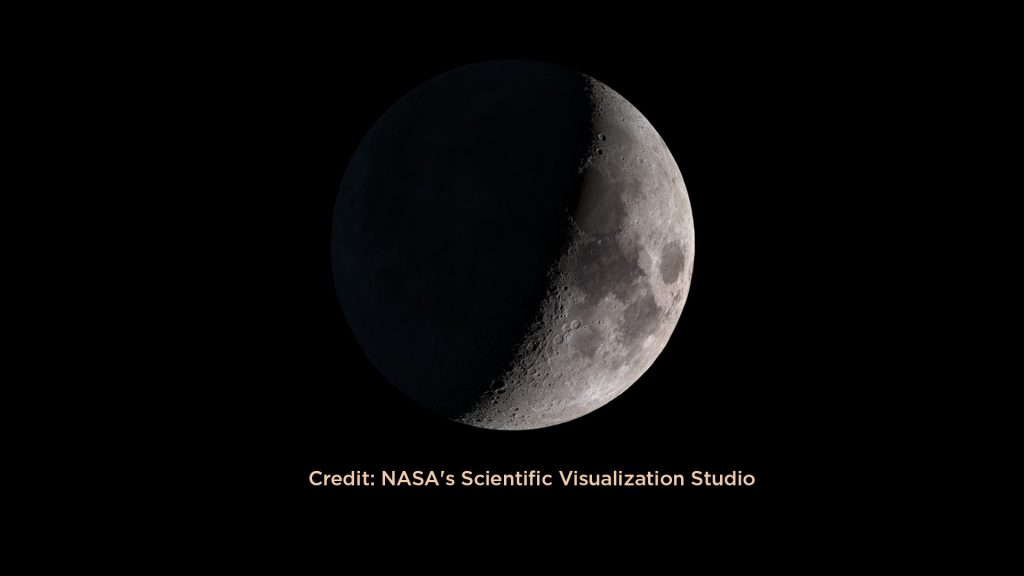9 tips for viewing the 2018 Geminid meteor shower
December 11, 2018
By Amy Sayle
If the weather behaves later this week, you have an opportunity for a sky show at a reasonable hour. One of the best meteor showers of the year – the Geminid meteor shower — will peak Thursday night, Dec. 13, 2018.
Meteors, sometimes misleadingly called “shooting stars,” are streaks of light caused by cosmic debris interacting with Earth’s atmosphere. Typically, this debris has been left by a comet. In the case of the Geminids, the source is an asteroid, 3200 Phaethon.

Viewing tips:
1) Check the weather.
You need reasonably clear skies. If the peak night of Dec. 13 isn’t looking good, you might try the night before or after.
2) Pick a time.
Does your viewing party include someone with an early bedtime? Here’s the good news: The Geminid meteor shower is famous for producing good meteor activity in the evening hours before midnight. At skywatching events in previous years, we’ve seen meteors soon after 8 p.m. on the peak night. You can expect to see more if you’re willing to go out after 9 or 10 p.m. As a bonus, the early evening meteors can be spectacular – long and slow-moving.
Now the bad news for those with early bedtimes: In 2018, the Moon will be a thick waxing crescent on the peak night, and its light will hide the dimmer meteors from view until after moonset around 11 p.m. on Dec. 13.
Are you determined to try to see the most meteors and never mind how much sleep you lose? Then schedule your viewing between 1 and 3 a.m. Friday, Dec. 14, 2018, when the radiant (where the meteors appear to radiate away from) will be near the top of the sky.
3) Pick a place.
Choose a dark open area away from unshielded lights. “Open” because it’s hard to see meteors if trees or buildings block most of the sky. “Dark” because light pollution washes out dimmer meteors from view.
If you’re viewing from your own yard, consider inviting your neighbors – and asking them to turn off their outside lights. From a reasonably dark site, you may see an average of a meteor every minute or so during the late evening hours.

4) Dress warmly.
Really warmly. Warmer than you think you could possibly need to. Then it’ll probably work out just right. It can feel awfully cold awfully fast when you’re outside at night not moving around.
5) Pack your supplies.
A blanket, sleeping bag, or reclining chair will help you look at the sky without craning your neck. Consider bringing a thermos with a hot drink.
Avoid using white light. If you do use a flashlight or headlamp, make sure the light is red, as dim as possible, and aimed at the ground. This helps prevent you from ruining your night vision and that of others around you. One way to make an “astronomer’s light” is to trim off the neck of a red balloon and stretch the rest of it over your white light.
6) Look toward the darkest part of your sky.
The Geminid meteors are called that because if you traced them back, they will appear to have originated from the direction of the constellation Gemini. But the meteors can appear in any part of the sky. You don’t need to know how to identify Gemini to see them. Try looking toward the darkest part of your sky. If the Moon is up, keep it at your back.
7) Be patient.
Plan to stay out at least 20 minutes. Your eyes need time to adjust to the dark, and the meteors can come in clumps, with none for several minutes at a time.
8) Remember to look up.
Your eyes are the only observing equipment you need. Just remember to look up at the sky and not at other things, such as the bright night-vision-blasting screen of a cellphone.
9) Consider joining us!
Morehead Planetarium and Science Center will be helping Durham Parks and Recreation with a free skywatching event at West Point on the Eno (at the Environmental Education Pavilion) in Durham – weather permitting – on Thursday night, Dec. 13, 2018.
Morehead staff and telescopes will be there from 8 to 10 p.m. Thursday. You are welcome to stay even later because the extremely hardy Durham Parks and Recreation folks plan to stay and watch meteors until 3 a.m.(!) Friday. You can drop in anytime during that seven-hour stretch between 8 p.m. Thursday and 3 a.m. Friday.
Important: To find the skywatching at West Point on the Eno, use the park entrance off of N. Roxboro Street that does not have a traffic light. It is just north of the entrance with the traffic light. We plan to place our lit Saturn sign at the correct turnoff, at 5253 N. Roxboro St., Durham. Please drive slowly and carefully over the bridge and into the parking area.
Find more information at Morehead’s skywatching page. Or contact Durham Parks and Recreation at 919.560.4405 or Ryan.Sailstad@durhamnc.gov. We hope to see you there!
